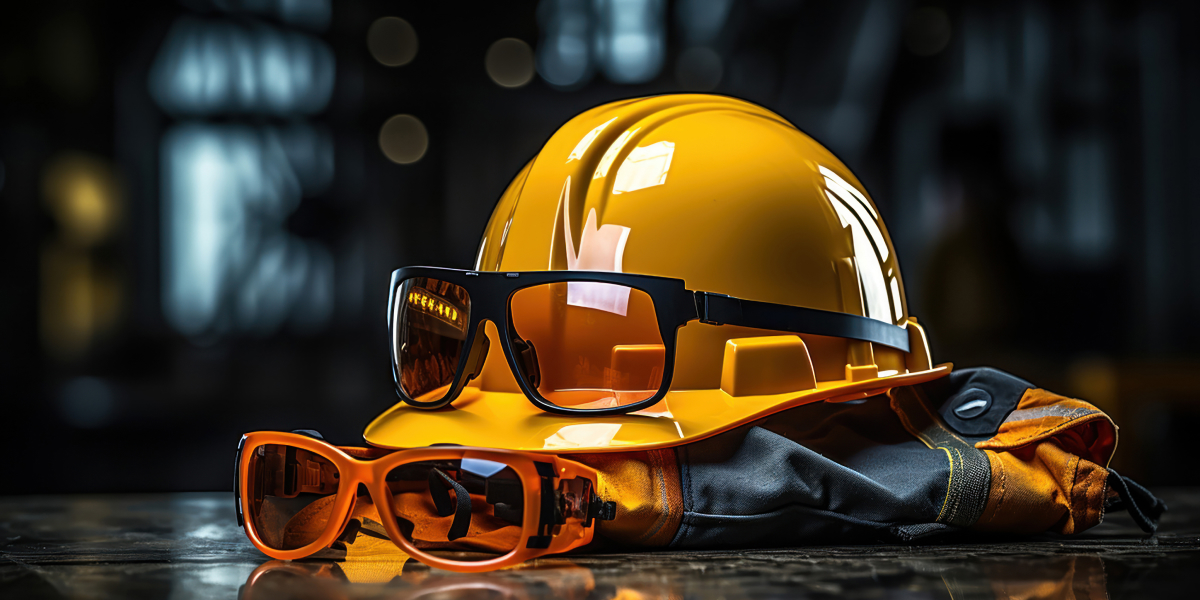The history of safety glasses in Australia can be traced back to the early 1900s, when workplace safety regulations started to emerge. In those days, safety glasses were typically made from tempered glass or plastic and were primarily used in industrial settings to protect workers from flying debris and harmful chemicals. However, these early models were often heavy, uncomfortable, and not very effective.
In the 1960s, the introduction of lightweight polycarbonate lenses revolutionized safety eyewear, making it more impact-resistant, lightweight, and durable. This breakthrough led to a significant increase in the use of safety glasses in construction, manufacturing, and other high-risk industries. Today, safety glasses are widely used in various industries and are available in a range of designs and styles to suit different needs.
Over the years, Australian regulators have put in place strict standards for safety glasses, to ensure their effectiveness and protect workers’ eyesight. These standards (AS/NZS 1337.6) cover factors such as impact resistance, optical quality, and overall eye protection. Employers are required by law to provide their workers with appropriate safety glasses, and failure to comply can result in significant fines and legal action.
In recent years, advancements in technology have led to the development of even more sophisticated safety glasses. For example, Hoya Lens has developed a product called Phoenix, which is a polyurethane material that is stronger, lighter, and optically clearer than other materials on the market today.
As a result, safety glasses continue to play a crucial role in protecting workers’ eyesight and ensuring workplace safety in Australia. Wearing safety eyewear has become a vital part of keeping safe on the job and improving vision. With the improved range of products available through All Australian Safety, there’s no reason you shouldn’t own a pair of quality safety prescription eyewear.
All Australian will help look after individuals and companies alike and strive to ensure we find the proper prescription safety eyewear that meets the need of any workplace.
Contact us now to discuss how All Australian Safety can better assist you and your team with a tailored prescription safety eyewear program!

